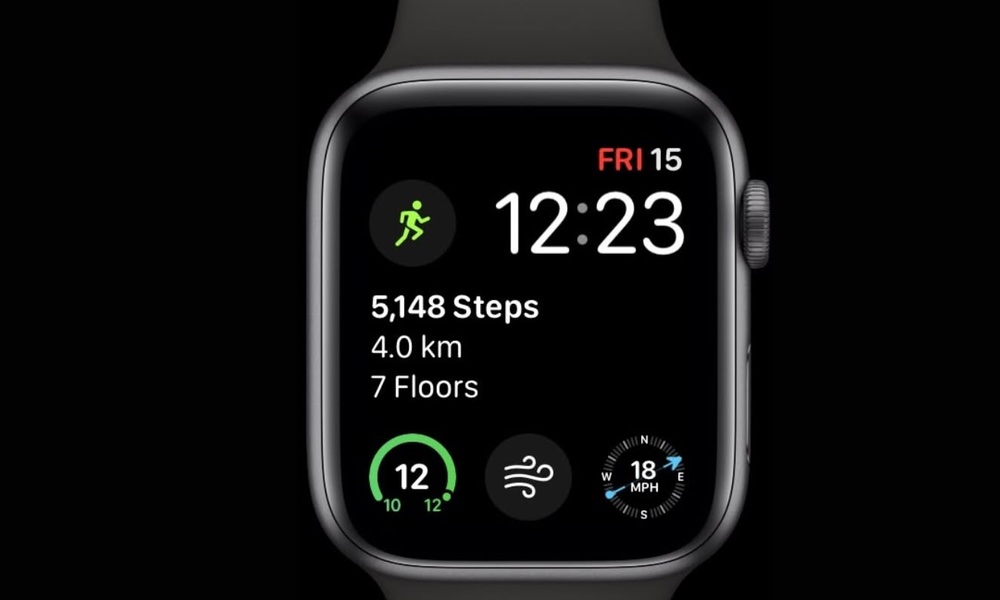When summer ends, many people, especially young women, head to the tanning salon to keep their summer glow.
They do this even though exposure to ultraviolet (UV) light — whether from the sun or a tanning bed — increases the risk of skin cancer, cataracts, melanoma of the eyes and immunosuppression. Tanning also causes premature aging of the skin.
Unlike sun exposure, however, UV exposure from indoor tanning is completely avoidable.Only about a third of the tanning salons followed local laws regarding the age of clients or requiring parental permission. Fewer than half of the salons in the study posted signs warning about the risks of tanning.
The fact that so few salons follow the law threatens to wipe out the intended health benefits of the legislation. “With the global incidence of skin cancer increasing, and especially with young people at increased risk from UV exposure, greater compliance is needed,” the study authors said in a statement.
The researchers reviewed the findings of 16 studies that measured compliance with indoor tanning legislation in the U.S., Germany, France, Australia and Chile. Laws in these countries covered age restrictions on the use of indoor tanning beds, providing salon clients with protective eyewear, posting warning labels and notices about the health risks of indoor tanning in the salon and requiring parental consent or accompaniment for under-age users. They also looked at how well salons followed rules intended to reduce the risks of indoor tanning, such as requiring clients to wait a minimum of 48 hours between tanning sessions.
Compliance with laws requiring salons provide clients with protective eyewear was fairly high, at 92 percent. However, only about a third of the tanning salons followed laws restricting the age of clients or requiring parental permission. And fewer than half of the salons in the study posted signs warning about the risks of tanning.
“Low compliance could be an issue because legislation is not being properly enforced,” Jessica Reimann, lead author of the study, told TheDoctor. Enforcing indoor tanning legislation requires regular inspections, and those responsible for checking tanning salons often lack the necessary resources to keep up with inspections, “And that is a serious problem.”
“…[P]arental or caregiver tanning has been shown to play a role in predicting indoor tanning use among youth and teens,” said Reimann, a Ph.D. candidate in the department of population medicine at the University of Guelph in Ontario.
She hopes future research will look at the types of strategies that increase tanning salons' compliance with indoor tanning legislation, and how compliance affects the popularity of indoor tanning, particularly among teens.
The study is published in BMC Public Health.





